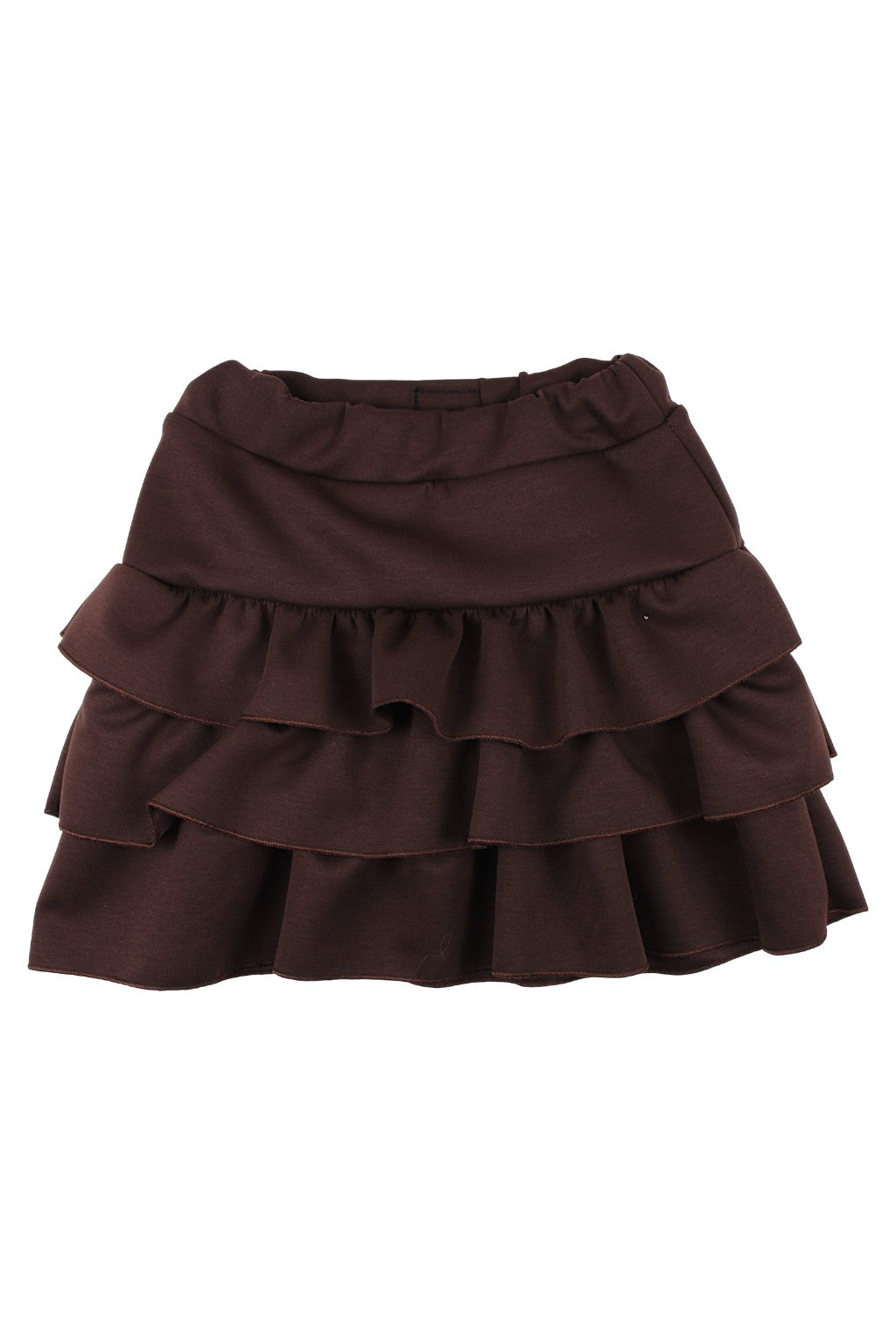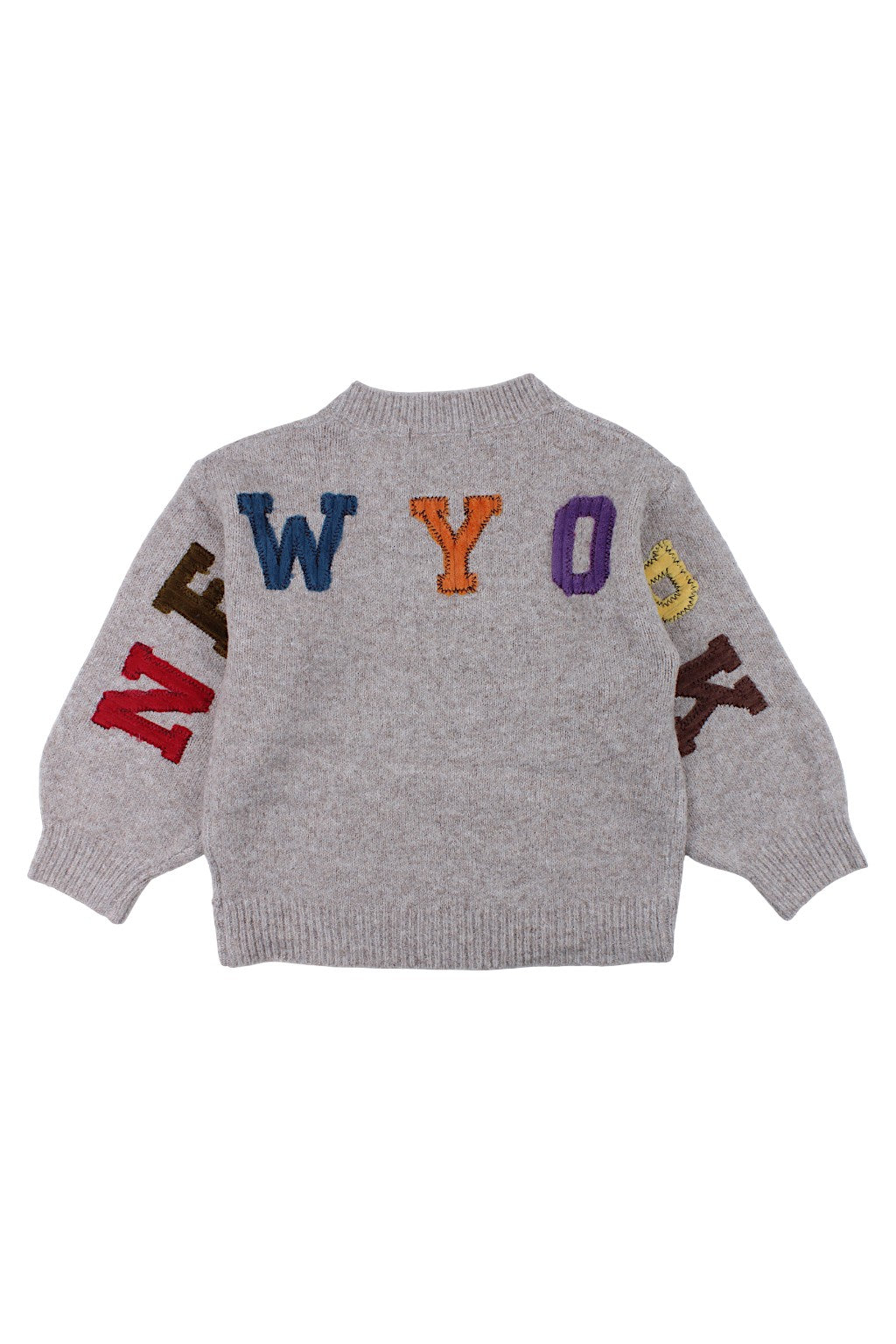Emotions in Young Children: A Proven Guide for Parents to Difficult Times
An introduction to emotions for young children
Emotions play a key role in everyone's life, and they are even more pronounced in young children. Understanding how emotions affect children's behavior is fundamental for parents who want to take care of their emotional and psychological development. In this guide , we will present practical tips and strategies to help parents cope with difficult moments related to their children's emotions.
What emotions do children experience most often?
Children experience a range of emotions , from joy and love to frustration and anger. Early childhood is a time of intense self-discovery and exploration, which often leads to extreme emotional reactions. Finding a way to understand these emotions and helping your child express them can bring many benefits to the entire family.
Joy and excitement
Joy and excitement are the most common emotions experienced in childhood. Children show them in many situations, such as during play or meetings with peers. It is important for parents not to suppress them, but to support them in experiencing these moments.
Anger and frustration
Anger and frustration are natural reactions that can arise when children encounter obstacles. It is important to teach them effective methods for dealing with these emotions, such as deep breathing or counting to ten .
Sadness and fear
Sadness and anxiety can be difficult emotions to understand and manage. Parents should be open to talking about these feelings and provide their children with support and understanding.
How to recognize emotions in children?
Properly recognizing emotions in children is a fundamental step to understanding them. Body language, facial expressions, and tone of voice can tell a lot about their emotional state. Observing these signals will allow parents to respond more effectively to the emotional needs of their children.
Practical strategies for parents
In situations where emotions become difficult to control, it is worth using some practical strategies:
- Create a space for expressing emotions : Encourage your children to talk about how they feel. Set up regular times to talk about emotions.
- Model healthy emotional expression : Show your children how you deal with your own emotions by setting an example of positive behavior.
- Use fun activities : Introduce activities at HOME that help children understand and express their feelings, such as emotional theater or drawing emotions.
What products can help children's emotional development?
In our online store you will find many products that can support your child's emotional development. We offer, among others, children's clothing that will certainly brighten up their everyday moments and swimsuits that will provide great fun in the water. Thanks to the right accessories and clothing, children can feel safe and comfortable, which has a positive impact on their emotional development.
Summary
Understanding emotions in young children is a key part of their development. Parents who can recognize and support all aspects of their children's emotional reality can help them grow into confident and balanced people. Use the above tips and visit our store to discover how to encourage children to express their feelings in a healthy way.
























